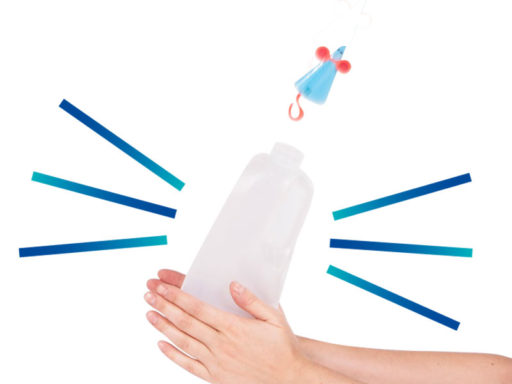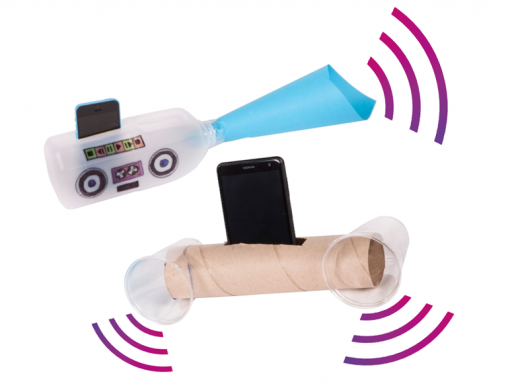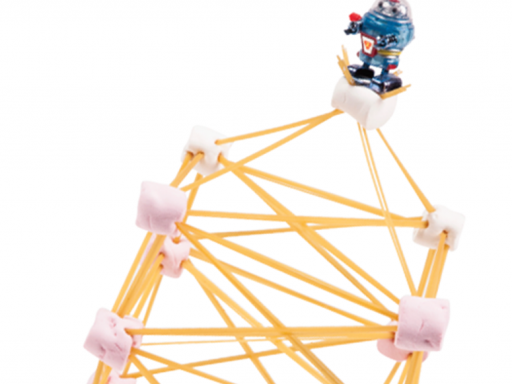You can’t see around corners… or can you? In this activity, carefully placed mirrors change the path light takes twice, making it possible to look over walls, around corners and even behind you – all without being seen.
Printable downloads
Follow these steps…
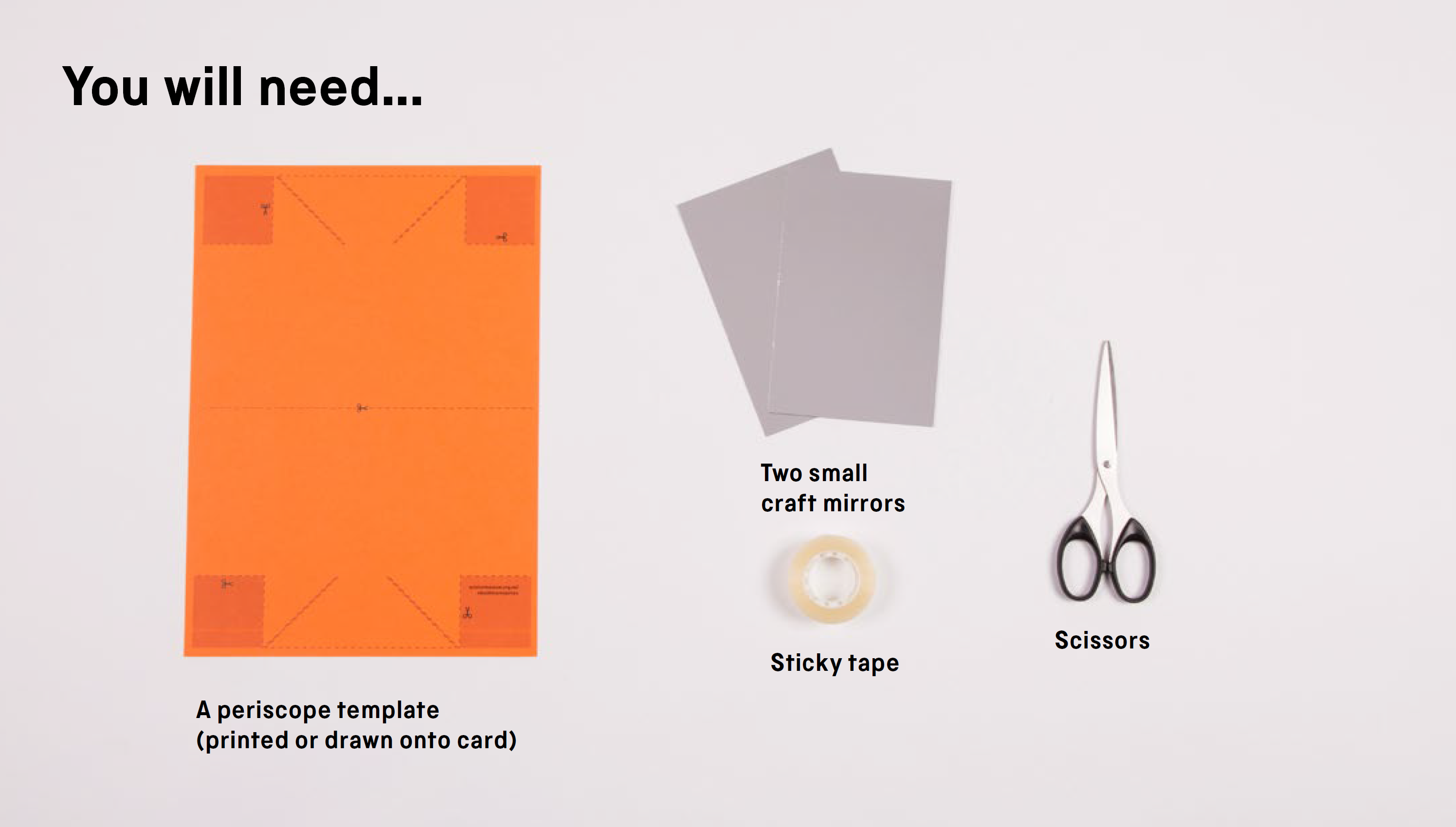
-
 Cut along all the lines of the template.
Cut along all the lines of the template. -
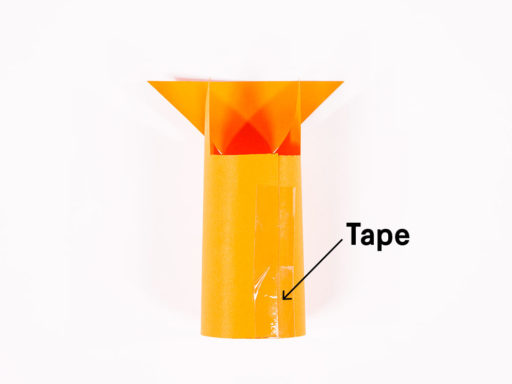 Take one half of the template, roll it into a tube and secure it with sticky tape.
Take one half of the template, roll it into a tube and secure it with sticky tape. -
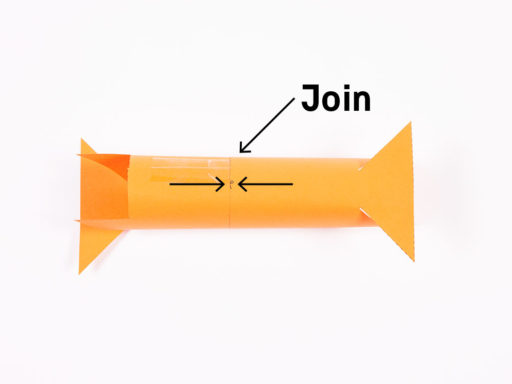 Take the other half of the template, wrap it around the first half and secure it with tape. Make sure the joins are on opposite sides, as in the photo.
Take the other half of the template, wrap it around the first half and secure it with tape. Make sure the joins are on opposite sides, as in the photo. -
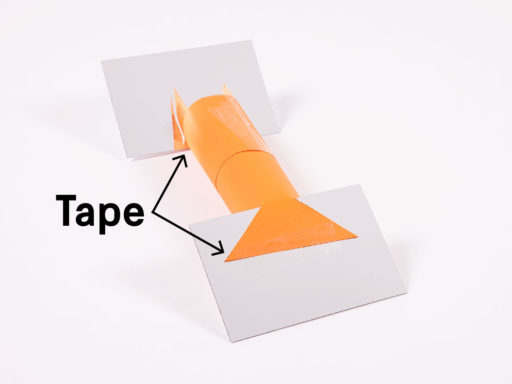 Slot the mirrors into each end and tape them down. The mirrors should face in opposite directions.
Slot the mirrors into each end and tape them down. The mirrors should face in opposite directions. -
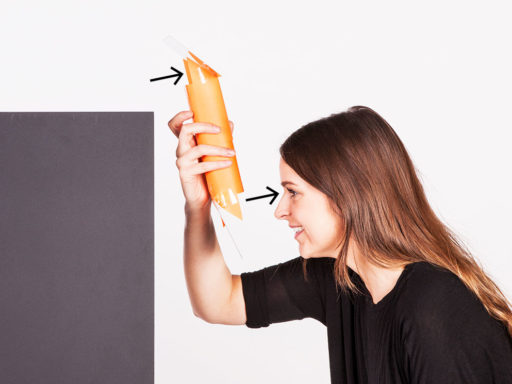 Now look through your periscope. What can you see?
Now look through your periscope. What can you see? -
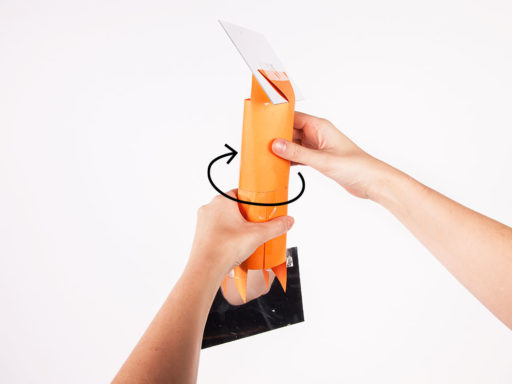 Twist the two parts of your periscope and look through it again. What can you see now?
Twist the two parts of your periscope and look through it again. What can you see now?
Think and talk about…
- What can you see when you look through your periscope?
- Describe what you think is happening when you look through the periscope.
- Where else do we use mirrors to help us see things we otherwise wouldn’t be able to?
Investigate…
- How much taller can you make your periscope before you stop seeing the reflection?
- Shine a torch into the periscope’s eyepiece and place the other end next to a wall. What do you see?
- Can you make a periscope with three or more mirrors?
Did you know?
Johannes Gutenberg, who is better known for the printing press, invented the first periscope in the 1430s, so that pilgrims could see over people’s heads at religious festivals.
What’s the science?
A periscope allows us to see things that are otherwise out of sight. We see an object when light coming from it enters our eyes. The light may have been made by the object itself, or it may have simply bounced off it. Either way, the light travels in straight lines – so normally you have to look straight at something to see it. But when light hits a mirror, it bounces off – at the same angle it hits. Light travelling horizontally meets the first mirror in the periscope at 45 degrees, and bounces off at 45 degrees, making 90 degrees altogether – so it ends up travelling vertically downwards.
Science in your world
Mirrors allow you to see things that aren’t in your direct field of view. A rear-view mirror in a car, for example, reflects light coming from behind the driver into their eyes so that they can see cars and other objects behind them. And at the hairdresser’s a combination of two mirrors allows you to see the back of your head.
